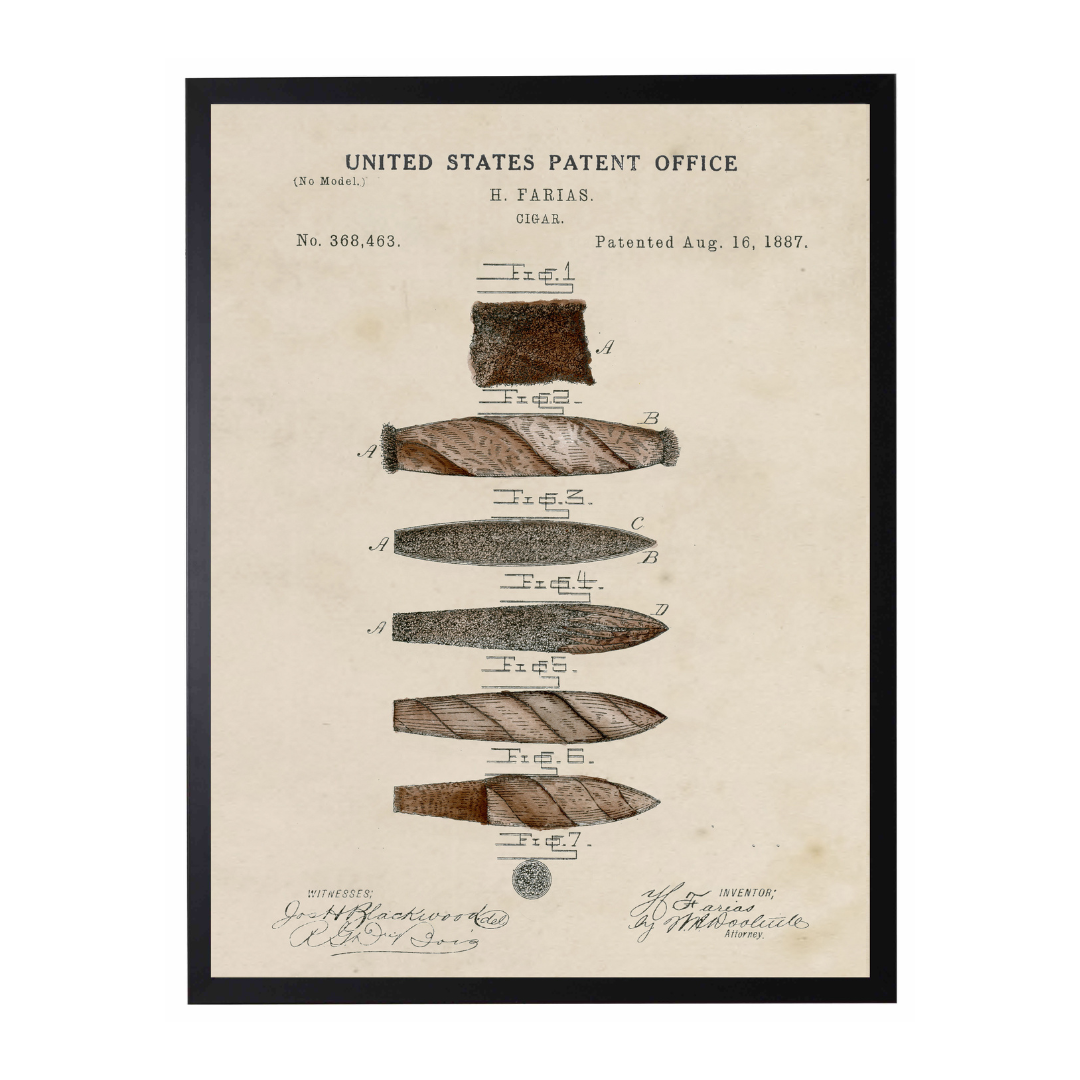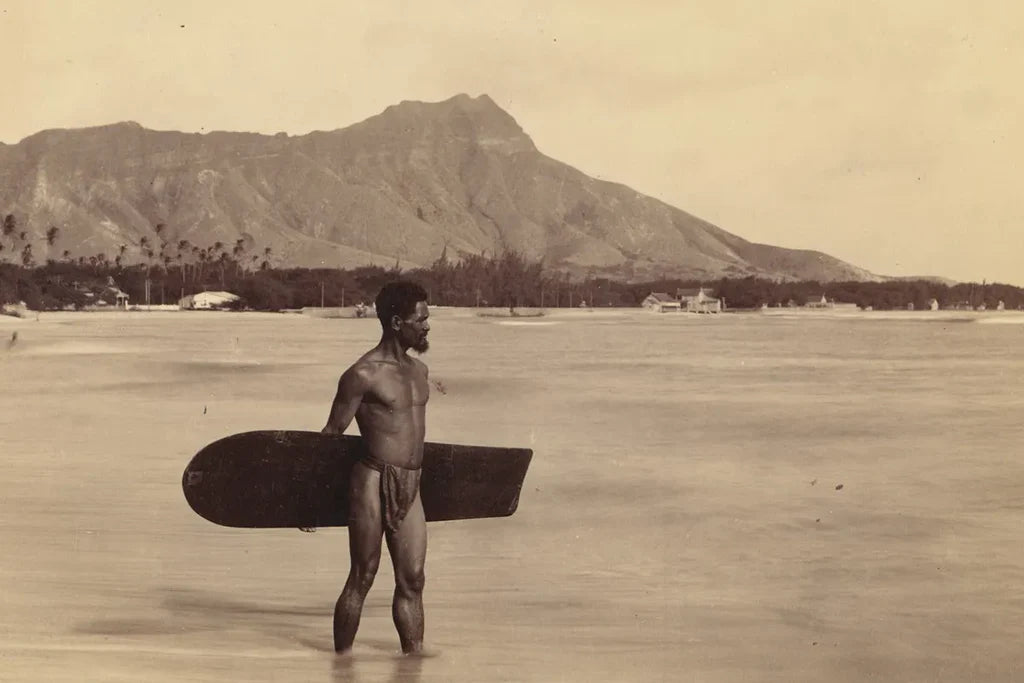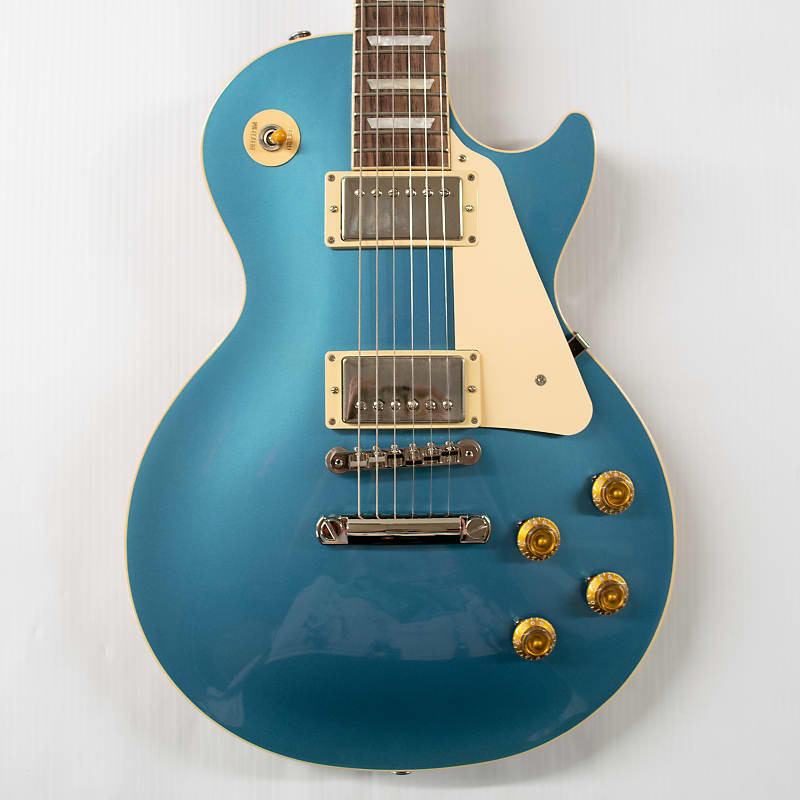Cigars are generally believed to have been invented by the Ancient Mayans. Archaeologists have discovered an ancient Mayan pot from the 10th century depicting a Mayan man smoking a very early cigar.

Christopher Columbus was one of the first Westerners to discover tobacco when he landed in the New World. The local Indians taught him how they smoked tobacco leaves and he quickly adopted the habit. Columbus brought the pastime back home and smoking quickly became popular in Spain and Portugal. The chemical nicotine was actually named after the French ambassador to Portugal, Jean Nicot, who popularized smoking in France.

Cuba’s fertile land and warm climate made it a popular place to grow tobacco. The Cuban tobacco industry boomed, and soon ships were distributing tobacco grown in Cuba from Europe to Asia. When Columbus colonized Cuba, the Spanish government prohibited Cuban growers from selling to anyone but Spain, allowing Spain to dominate the tobacco industry worldwide.

Cigars continued to grow in popularity throughout the world and, by the middle of the 19th century, the US was consuming 300 million cigars a year. Tampa, Florida became a cigar hotspot when many Cuban cigars-makers migrated there. In 1962, President JFK imposed an embargo on Cuba, not before he stashed over 1,200 cigars, that is still in effect to this day. While it is illegal to purchase Cuban cigars in the US, many other countries, including the UK, have plentiful supply.

In 1887, Heraclio Farias of Jalisco, Mexico patented a novel manufacturing process for Cigars. His patent covered a process that creates cigars with nicotine-free tobacco and a light, dry and spongy form.
Check out the patent




